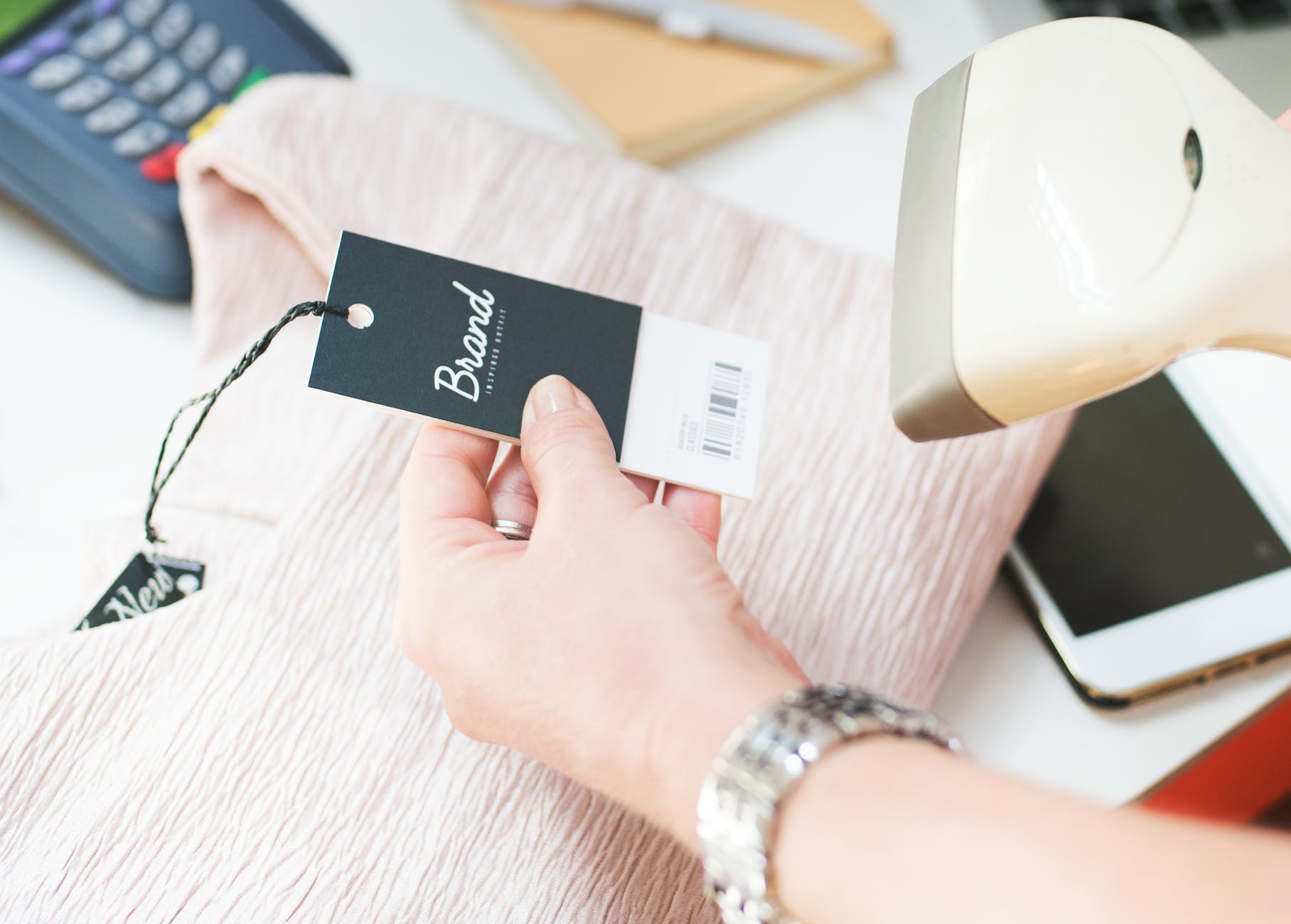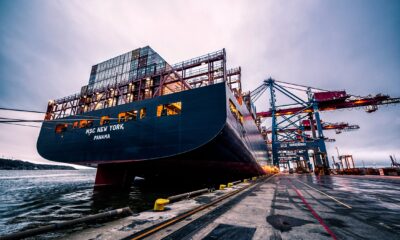Business
Supplying retail customers and the effect of technology
Getting products to customers is essential in retail, but has technology helped or hindered the supply chain for businesses and consumers?
Technology is believed to enhance efficiency. However, some may not agree. Here, we’ll explore how the relationship between retail and technology and how this will develop…
The average retail consumer
In retail, demanding consumers can be common. Many consumers expect convenience from all angles now that they know it’s possible. When they’ve received one service from a business, the bar is raised, and they expect that all their other favourite brands will do the same.
Nowadays, our consumers expect to track their order at every delivery touch point. Plus, they want their purchases ASAP. For businesses, this means that an efficient supply chain with a well-managed inventory tracking system is essential. And, when it comes to getting in touch with the business, customers expect instant contact through the channels that they’re most used to — Twitter, Facebook and instant messaging platforms.
How we now produce retail items
At the start of the supply chain is the production of the item. In the Digital Age, we are now offering tailored products to suit a consumer’s affinity for personalised purchases, such as men’s blazers, necklaces, wine bottles, and homeware. However, they still expect fast manufacturing and for their order to be delivered quickly. So, how has technology created more of an efficient supply chain?
Wireless data storage is enhanced because of developments in cloud storage, which has reduced crashes and the chance of losing key consumer information. Also, ‘additive manufacturing’, or 3D printing, describes where there are no wasted raw materials. Through this technique, this type of printing is able to create products with time and material efficiency.
Android workers are also lending a hand in retail. When it comes to tailored products, this means that they can be created on demand, providing an efficient creation and delivery service.
AI: is it good for retail?
Artificial intelligence, nicknamed AI, makes up a large part of retail technology now. “Having a direct link between data being gathered and conveying that up the supply chain means that designers and developers can come back with the right products in shorter lead times,” says chief executive of Platform Thinking Labs, Sangeet Paul Choudary.
Reportedly, according to 2017 findings by McKinsey & Company, taking an AI approach to the supply chain could reduce forecasting errors by up to 50% and overall inventory reductions of between 20% and 50%. AI technology can think and learn like humans, reacting to stimuli often without human input. In the supply chain, AI is able to assist with packaging, research and development, and inventory management to make processes more efficient.
This technology is also great at spotting emerging trends that retail owners can capitalise on quickly. Machines with AI abilities can also gather information on location so that warehouses in certain areas can stock more of a product that’s popular in the area. This goes on to improve delivery times and customer satisfaction.
Ever miss when a key item needs re-stocking? Use AI to keep fully stocked. This process removes the potential error of miscounting inventory or recording inaccurate information, which could then go onto lead to the wrong amount of stock being replenished.
QUIZ, a leading fashion retailer ofChristmas party dresses, has an 180,000 square-foot distribution centre in Scotland that provides “a strong platform to support future growth”, QUIZ uses live data and insights on product performance to make vital decisions. The brand also implements a test-and-repeat approach to its supply chain so that it can “introduce new products to stores and websites within weeks of identifying trends and reorder successful products quickly.”
The impact of better technology on employees’ job security
Some worry about how better technology will affect their chances of holding onto their jobs. Computers seem to have been given crucial roles that were formerly filled by humans in some retail companies. At Amazon, for example, employees who were once in charge of securing multimillion-dollar deals with brands have been replaced with software that can predict exactly what shoppers want and how much should be charged.
Surely, humans are necessary at certain points, such as in warehouses and factories? Maybe so. John Lewis, which opened two new distribution centres in Milton Keynes in 2016, actually created 500 new jobs as a result. This is despite the offering of technology.
Our ability to empathise and feel emotions may be what workers have over technology. To elaborate, computers can’t offer compassion or understand clients’ needs in the way that humans can, for example. Plus, people are still required for after-sales services.
What will the industry look like later?
It’s time to be aware of the impact of technology in retail, if not embrace it. When it comes to AI, any platform that has access to customer insights and data has the ability to connect directly to manufacturers to integrate and better inform the process.
What is the efficiency level of your delivery service? As more people want the same amount of choice at a higher speed, this means that warehouses must stock a wide range of sizes, colours and styles at each of their locations — in close enough proximity to anyone who orders. In fact, there are already massive distribution centres, equal to the size of a town, which logistical networks that pick products from the shelves and send them on their way to customers.
Analyse your supply chain and see where improvements can be made. Why not look to implement autonomous electric vehicles that operate through the night or intelligent algorithms that can predict the most efficient routes for customer delivery? Both will make your supply chain much more efficient and consumer-friendly!
Sources
https://cdn.businessoffashion.com/reports/The_State_of_Fashion_2018_v2.pdf
http://fortune.com/2017/09/01/supply-chain-manufacturing-technology/
https://www.arnoldmachine.com/6-exciting-advances-manufacturing-automation/












